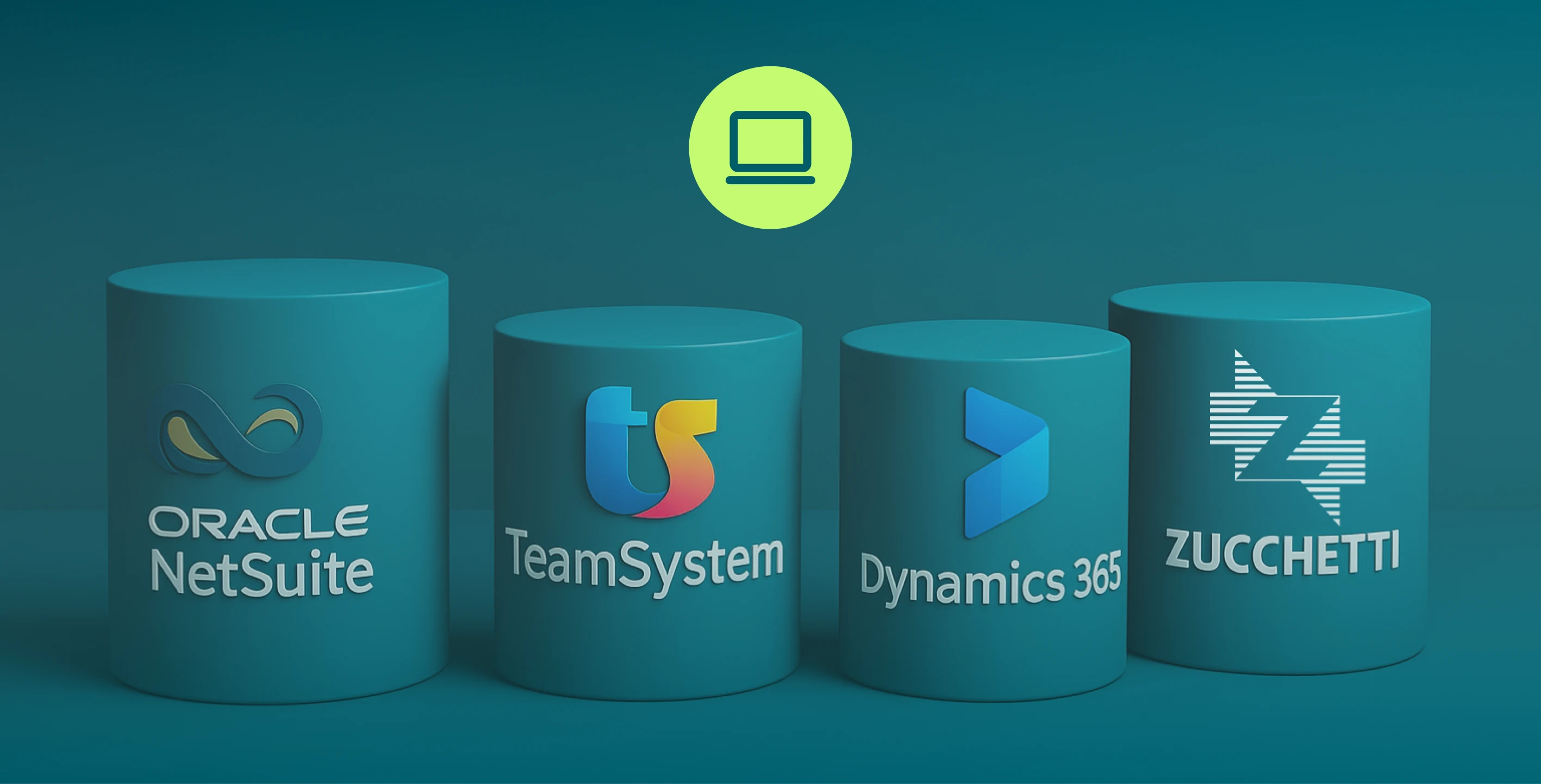Cut software spend by 15% with centralised management
Centralising software management cuts waste, saves time, and gives you back control. Here’s how it delivers real ROI.

Optimising software spend sounds good. But how much can you actually save?
It’s the question every CFO asks before greenlighting a project that might add overhead.
For anyone managing costs, approvals, and governance, there’s only one acceptable answer: hard numbers.
This article delivers exactly that. We talk about real ROI:
- up to 30% cost reduction
- hours saved
- spend under control
- governance that runs itself
All backed by measurable data and what we’ve learned working with dozens of finance teams.
The hidden cost of not managing software
Not having a system in place is expensive. More than most teams realise.
On average, 30% of software spend is wasted on tools bought without approval, duplicate licences, and auto-renewals that no one notices.
The issue isn’t the software. It’s the lack of control.
When every team buys on their own, spend becomes fragmented. Costs go unseen. Ownership disappears.
Let’s do the maths:
- €1M in annual SaaS spend
- 30% waste = €300k lost
- 2+ FTEs tied up in reconciliation, approvals, invoice chasing
That’s before you count audit risks, surprise renewals, or missing invoices.
Recovering even a portion of that waste is enough to justify investing in a structured platform.
And the impact shows quickly — when every euro has an owner, every invoice is matched, and renewals are a deliberate decision.
Let’s break it down.
Direct savings on software spend
Cutting spend doesn’t mean cutting tools. It means knowing what you’re paying for, why, and for whom.
With structured contract management, many companies reduce software costs by 10% to 30% by removing duplicates, cancelling unnecessary renewals, and negotiating early.
Take Smartness: €50k saved in just a few months, without losing a single useful tool.
With the right system, renewals become predictable, every contract has a clear owner, and spend is tracked from the moment it starts, not after the fact.
Those numbers alone are often enough to build a solid business case.
But there’s more.
Time saved: less admin, more control
The value isn’t just financial. It’s operational.
Every month, finance teams lose dozens of hours chasing invoices, verifying payments, and manually updating ERP systems.
With automation in place, those tasks disappear: invoices are collected automatically, payments are traceable by design, and ERP updates itself.
WithLess data shows that teams can reclaim over 30 hours a month.
That’s nearly 400 hours a year — time that can be reinvested in strategic work like planning, negotiation, and analysis.
Automation only works when every step is trackable and adaptable.
It’s not about removing work from finance. It’s about removing the wrong work at the right time.
Fewer errors, lower risk
Every forgotten tool is a liability.
Auto-renewals that slip through. Invoices without context. Purchases outside policy. And when mistakes happen, they rarely go unnoticed. Even a single unchecked €100k renewal can derail the entire quarter.
And it’s not just about budget: complex audits, unexpected reviews, and unclear ownership drain time, trust, and control.
A solid system flags issues before they turn into problems. Every contract is visible, every payment has an owner, and every alert arrives on time. Finance stops chasing errors and starts preventing them.
This kind of ROI is hard to quantify. But for anyone who’s dealt with an unwanted renewal, a tool without an owner or purpose, or a messy close, the cost of doing nothing is obvious.
(Not so) Hidden margins: the power of better negotiation
Paying less isn’t just about how much you spend, it’s also about how you negotiate.
With full visibility on contracts, teams can renegotiate before deadlines, consolidate licences, and stop auto-renewals before they bite.
In many cases, it’s the AI that flags out-of-market pricing or underused tools.
Smartness, for example, secured an unexpected discount on HubSpot — without switching vendor.
These savings rarely appear without a structured system. But when they do, they change the equation.
Fast payback, real returns
Let’s recap:
- direct savings on SaaS contracts (up to 30%)
- time freed by automation (up to 400 hours a year)
- fewer errors and avoided sanctions
- smarter, earlier renegotiations
On average, companies that adopt a structured system break even in 3 to 6 months, simply by fixing existing inefficiencies.
That value compounds over time: when finance, IT, and business operate from the same data, every decision gets sharper, every budget more defensible.
For many, it’s a shift from reactive spend to strategic control.
You don’t need to rebuild your entire stack. You just need to see what’s there, what’s worth keeping, and where the waste is hiding.
How WithLess helps you get there
WithLess turns these benefits into operational reality.
It centralises every SaaS expense, assigns clear ownership to each tool, automates invoice collection, and keeps your ERP in sync in real time.
Every renewal is visible before it happens. Every anomaly, from pricing to duplication to low usage, is flagged before it becomes costly.
Finance, IT, and business work from the same data, with clear roles and traceable workflows.
The result: fewer errors, tighter control, and better decisions.
See how much you could save
Every company starts from a different stack — but all of them have room to improve.
WithLess, it only takes a few inputs to estimate how much you could save in spend, hours, and risk.
👉 Book a session with one of our experts
We’ll analyse your software spend and show you where to take action. No pressure — just clear visibility.
P.S. Want a quick assessment first? Try our Software Spend Calculator. It takes two minutes, no sensitive data needed.
The smartest way to manage business spend.
WithLess uses AI to control spend in real time, automate finance ops, and eliminate manual work.
Let's talk

